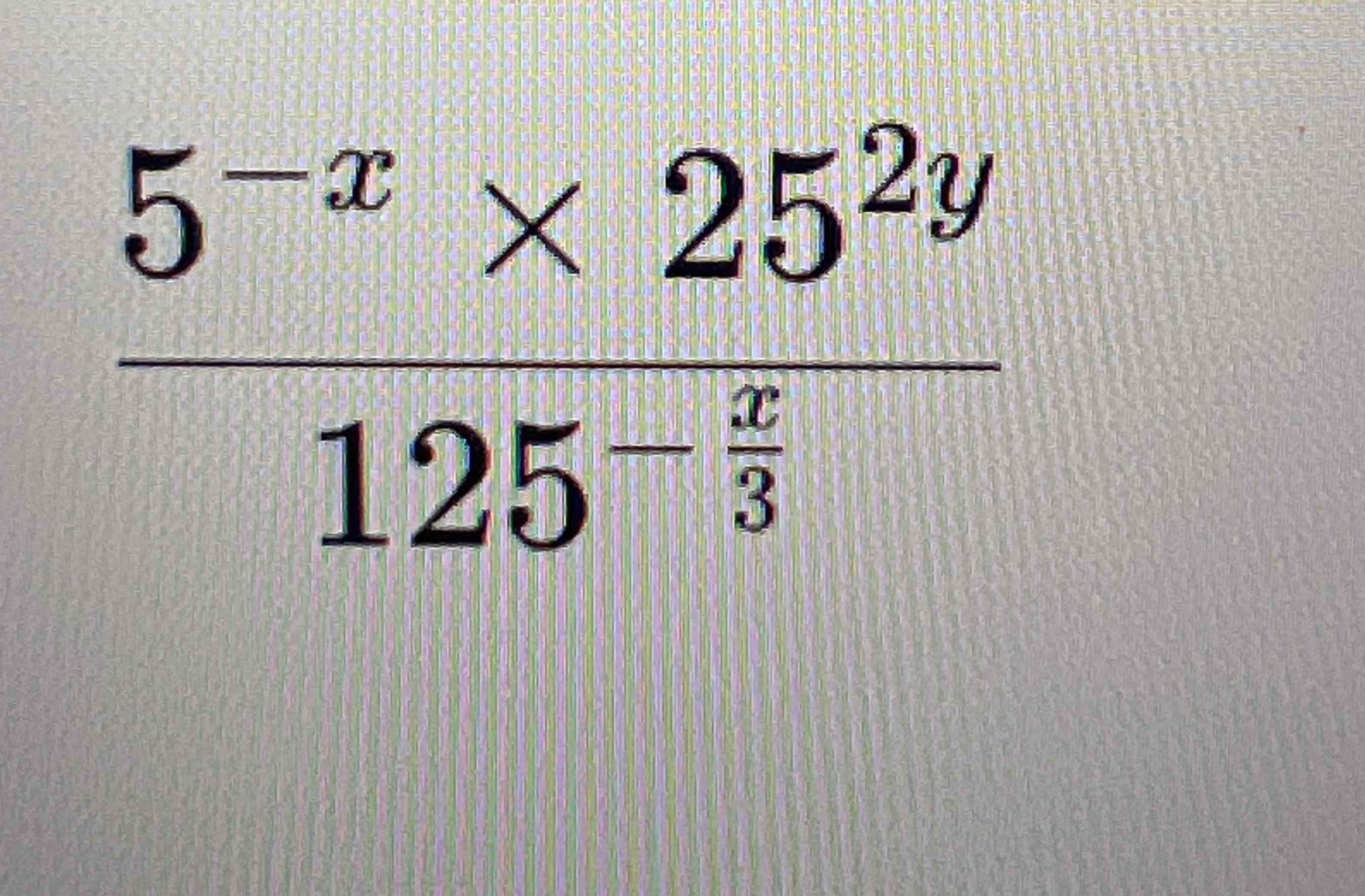AI tutor
Full solution
Q. Simplify.
- Express Bases in Terms of : We start by expressing all the bases in terms of the prime number , since and are powers of . is squared, so . is cubed, so .
- Apply Power of a Power Rule: Now we apply the power of a power rule, which states that a^b)^c = a^{(b*c)}\. For \$25^{(2y)}, we have 5^2)^{(2y)} = 5^{(2*2y)} = 5^{(4y)}\. For \$125^{-(x)/(3)}, we have \(5^)^{-(x)/()} = ^{*(-(x)/())} = ^{-x}\.
- Rewrite Using Simplifications: We can now rewrite the original expression using these simplifications:.
- Apply Multiplication Rule: Next, we apply the multiplication rule for exponents with the same base, which states that .So, .
- Apply Division Rule: Now we have the expression . We apply the division rule for exponents with the same base, which states that . So, .
- Final Simplified Expression: We have simplified the expression to . This is the final form of the expression, and there are no further simplifications to be made.
More problems from Evaluate integers raised to rational exponents
QuestionGet tutor help
QuestionGet tutor help
QuestionGet tutor help
QuestionGet tutor help
QuestionGet tutor help

